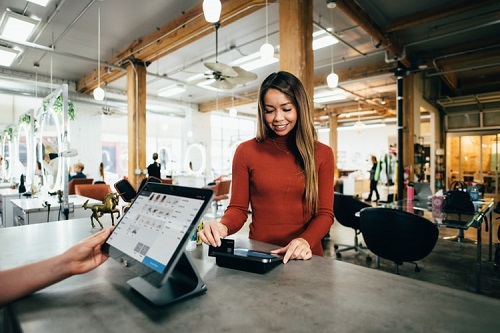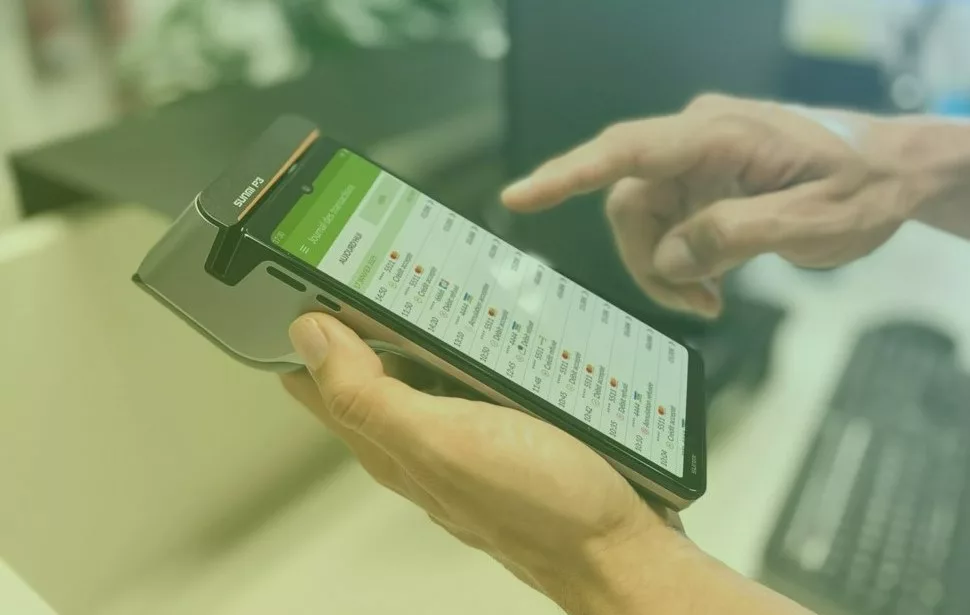Online sales are based on a relationship of trust, where buyers pay for products before receiving them, so clients need to be sure they can solve any inconvenience that may arise during the process. Therefore, the security offered in your payment forms is one of the most important aspects of your e-Commerce activity. The success or failure of your business, the trust or mistrust of your potential customers and the number of sales will depend on them.
When selecting a payment method, you should know that some options are better adapted to users’ conditions and offer greater protection. In addition, if you have an online store operating on an international market, it will be necessary to identify the most used payment channels in the countries where you offer your products, so that everything works perfectly with your consumers.
Get to know your users and adapt your e-Commerce to their preferences!

Learn about these payment options for your online business
We will show you below 8 of the most used methods by clients to pay in e-business:
- Physical POS. It is a point-of-sale terminal and a device present in commercial establishments to manage sales, collections by credit or debit card, stocklists, tickets and other processes related to the sale of products or services. Almost 50% of SMEs believe that contactless is the most important service as an added value to their physical POS terminals.
- Virtual POS. It allows businesses to accept payments at anytime and anywhere via mobile phone or POS. This alternative has been chosen by many e-commerce models to process their collections faster. The virtual POS is the online version of the physical one we are used to and allows the user to make payments from any card (Visa, Mastercard…).
- Credit and debit cards. As you already know, they are one of the most used systems to buy. In general, authentication systems can be applied so that the bank can verify customer identity, guaranteeing payment security. Besides, card payments do not imply additional costs for the buyer. In case of doubts, you can always ask the card issuer to certify payments before sending any item.
- Bank transfer. Clients can transfer money to the account number provided by the e-business in order to make the purchase effective and send the order. However, this method is not very practical for international sales because it entails commissions.
- Cash on delivery. It is a very secure payment method used in internet sales, consisting of paying the product cost to the person who delivers it to our home. This payment is usually made in cash, although it is also possible by card if the distributor has a POS.
- MOTO. It enables to process payments by phone without special system integrations or additional developments. The information is collected by an Agent through a secure IVR or by sending an email.
- PCI UVR. It refers to Interactive Voice Response (IVR) and permits any e-commerce to accept payments using this solution.
- Mobile payments. Many of the payment methods mentioned in this section allow to pay from Smartphones. They are one of the most important trends in the Chinese markets, hence we have seen significant developments in applications and payments forms: Alipay, WeChat, etc. Thanks to these alternatives, millions of new buyers will enter the global electronic market over the coming years, especially the new generations considered ‘digital natives’ (Y, Z).
Would you like to offer some of these methods in your e-Commerce? You will not need to implement them separately because some payment gateways integrate all these and other options into a single system.
How to meet the needs of the new digital buyer?
The advent of the Internet and new technologies have given us access to millions of data and information we can consult at any time. Companies are no longer the only options for consumers to search for details about products or services. Before deciding on a purchase, they continually search online from their mobile phones, browse forums, comments on social networks, web pages, blogs, etc. Their shopping experience has changed and, therefore, businesses must adapt theirs to sell.
The evolution of the fintech sector is directly related to e-commerce due to the development of mobile applications, blockchain technology, trading platforms, crowdfunding, crowdlending, etc. These represent vital elements to cover the needs of the new digital buyer.
However, there is no single online buyer profile in Europe or the rest of the world. The majority profile is that of a young and urban man, with secondary or university studies of middle or high social status, although the growing role of women shoppers is also very important, especially on discount coupon websites. The number of online shoppers grows year after year.
Mobile devices are winning the battle against computers, though most purchases are still made from the classic PC. In Spain, most of the spending on e-business corresponds to transport and tourism services followed by sports equipment, electronics and clothing, among others.
The boom in e-Commerce sales continues to grow, despite the global crisis we are all experiencing due to COVID-19, better known as coronavirus. This has been confirmed by some recent news: “Delivery services and online platforms have shown significant upturns in the midst of the crisis caused by the spread of the coronavirus” (Logística magazine).
Do you want to know which payment method best suits the preferences of your potential clients? Would you like to have several options? Contact us without commitment. We look forward to hearing from you!





